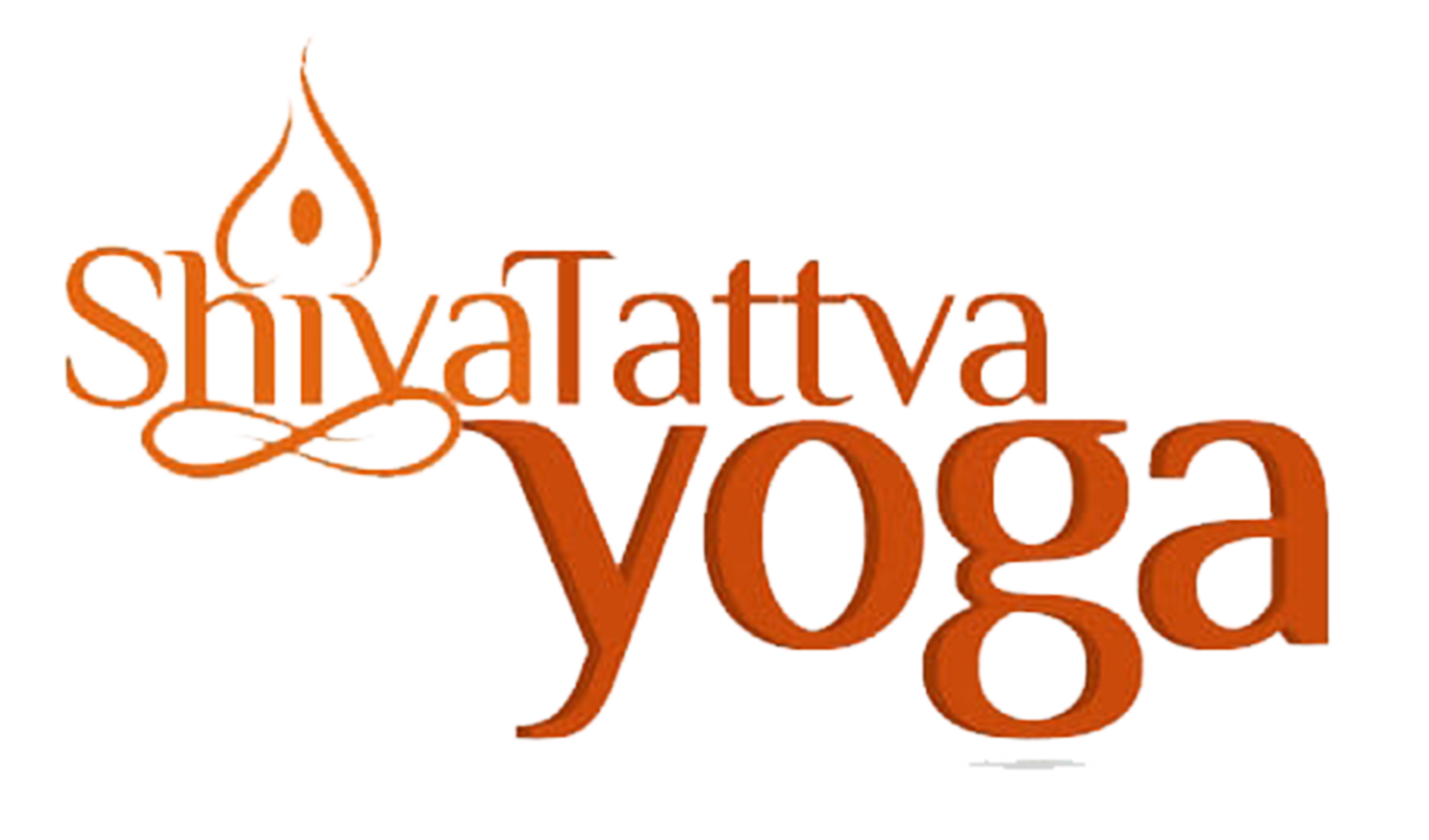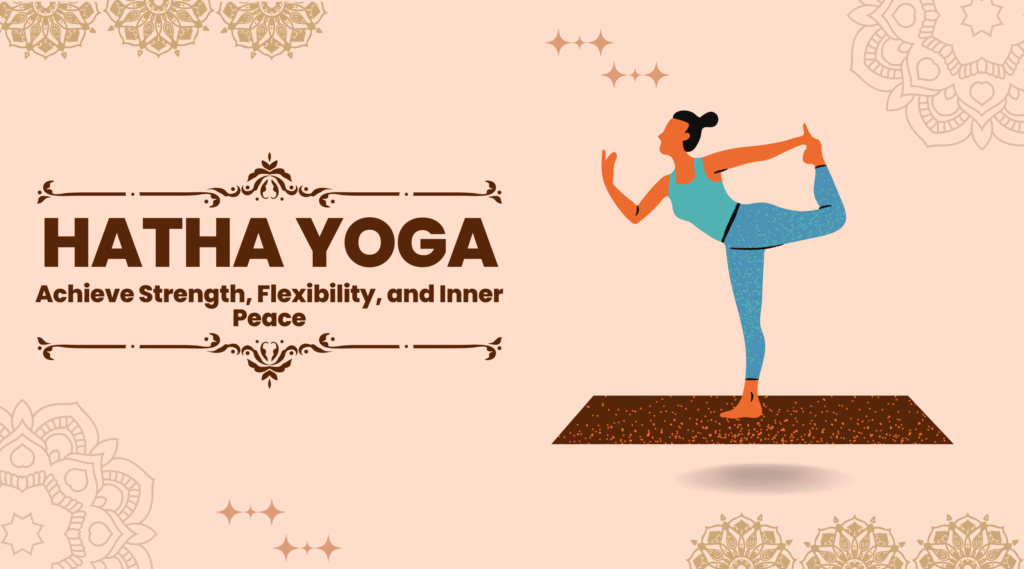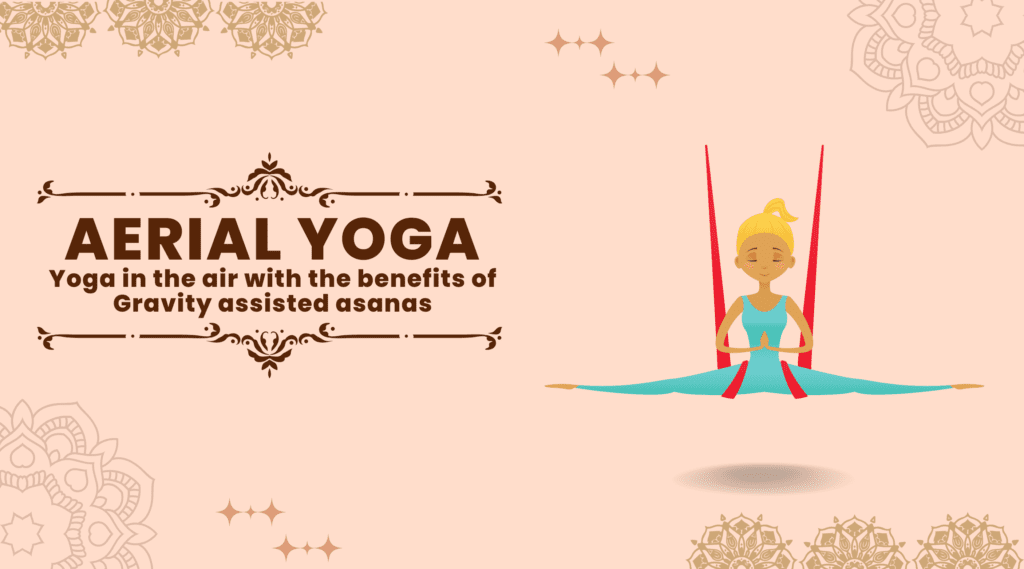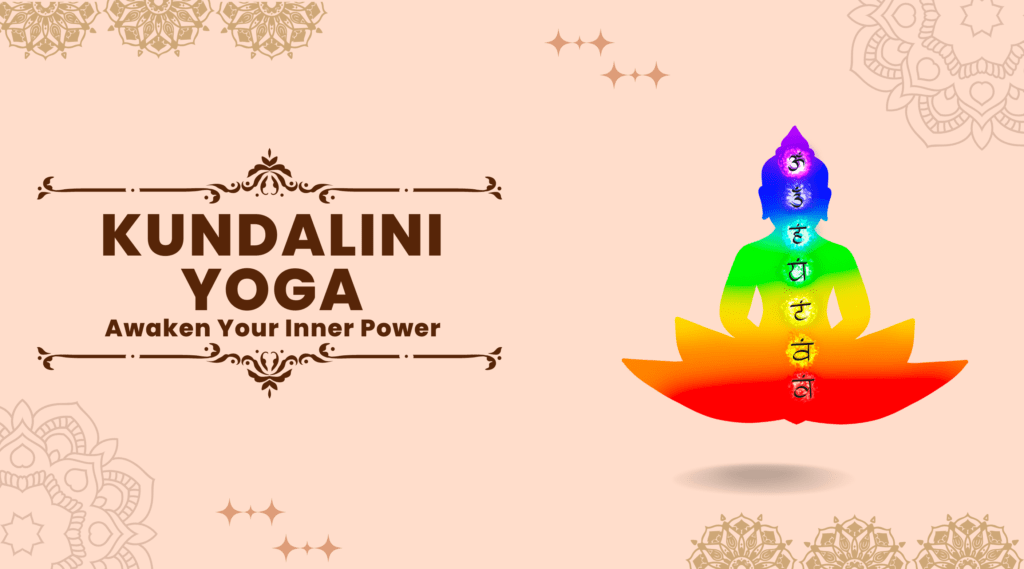Bhramari Pranayama: A Natural Stress Buster For Modern Life
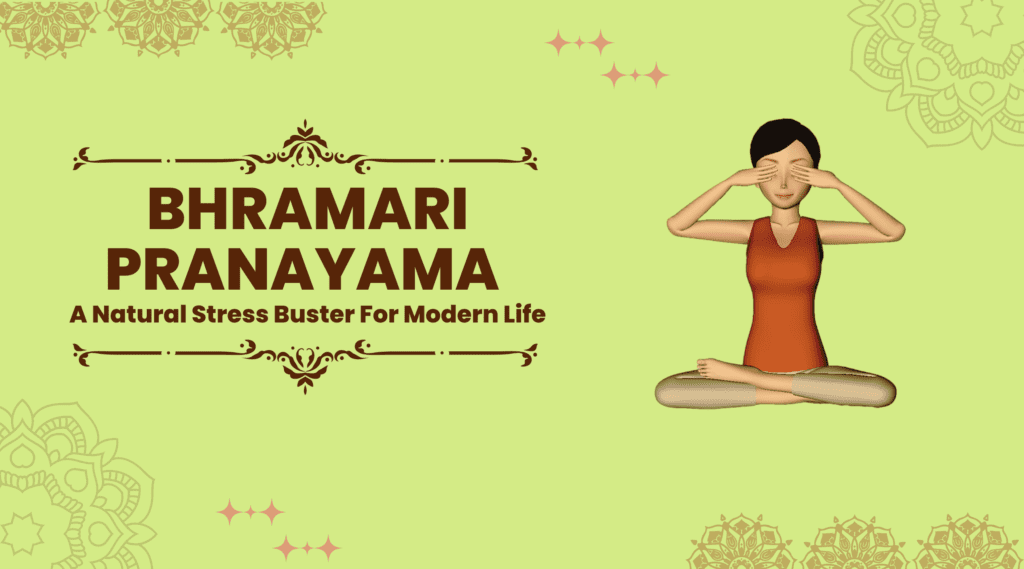
An Introduction
Bhramari pranayama got its name after a “black humming bee: Bhramar (indian name)”. While practising this bee breath there is a humming sound of breathing like a humming bee we exhale. Because of the humming sound, this pranayama finally got its name as “Bhramari”. It is a powerful breathing technique and is also a part of yoga. Yogis have been practising this bee breath technique for centuries. This pranayama has many benefits for the mind and body. This pranayama is a simple, easy to perform as well as very effective way to calm our mind and reduce anxiety, stress and other negative emotions. Hence it can prove to be a perfect stress burster.
In the yogic tradition, Bhramari Pranayama is often associated with the throat chakra (Vishuddha), which is the centre of self-expression and communication. The humming sound produced during the practice activates and balances the throat chakra, allowing for better communication and expression.
This form of Pranayama also has its calming effects on the nervous system. The slow, deep breathing and the vibration created by the humming sound stimulate the parasympathetic nervous system, promoting relaxation and reducing anxiety.
Suggested: Best Yoga Retreats And Yoga Teacher Training In Rishikesh
History & Origins
This breathing technique has its roots in ancient Indian yogic practices. The practice of various pranayamas (breathing exercises) is mentioned in ancient yogic texts like the Yoga Sutras of Patanjali, Hatha Yoga Pradipika, and Gheranda Samhita.
The yogic texts describe pranayama as a means to control and regulate the life force energy known as “prana” through the breath. This Pranayama is one of those beneficial practices for calming the mind, reducing stress, and inducing a meditative state.
Over time, Bhramari Pranayama has become a popular technique generally taught in yoga classes and meditation retreats worldwide.
Types of Bhramari Pranayama
There are a few variations of This pranayama. Here are some of the variations as follows:
1. Basic Bhramari Pranayama: The most common form of breathing technique, it involves sitting in a comfortable position and making a humming sound while exhaling.
2. Shanmukhi Mudra Bhramari Pranayama: This variation of the pranayama involves placing the fingers on the face to create a “seal” that helps to block out external stimulations. This technique is useful for those people who face difficulty in focusing or meditating.
3. Chandra Bhramari Pranayama: This type of the bee breath is practised in order to invoke the cooling energy of the moon. It is useful for the people who have excessive heat in the body or who are experiencing hot flashes.
4. Surya Bhramari Pranayama: This is practised with the intention of invoking the warming energy of the sun. It is beneficial for those who feel lethargic or who have a lack of energy.
5. Bhramari with Visualization: This variation of the pranayama involves visualising a specific colour, image or sound while making the humming sound. This technique is helpful while enhancing the effects of the pranayama and deepening the meditation practice.
6. Bhramari with Mudra: This variation of bee breath involves combining the humming sound with a specific hand gesture, or mudra. This can also help to enhance the effects of the pranayama and deepen the meditation practice.
The Practice of Bhramari Pranayama
This pranayama is very easy to learn. Anyone can practise this pranayama regardless of their age or physical condition.
Step-By-Step guide to practise:
1. First of all, find a quiet and comfortable place to practise. Sit in a comfortable cross-legged position while keeping your back straight.
2. Now place your hands on your knees and keep your palms facing up. Now take a few deep breaths and relax your body.
3. Now while exhaling, make a humming sound by closing your lips and making a buzzing sound like a bee.
4. Focus on the sound of the humming, and feel the vibration in your throat and chest.
5. Continue to inhale deeply through your nose, and exhale with the humming sound. Do several rounds.
6. After a few rounds, take a few deep breaths and rest for a while with your eyes closed.
7. Repeat the practice for several rounds, as well as gradually increase the duration of each round.
Benefits of Bhramari Pranayama
This pranayama has numerous benefits for the mind and body. Some of the benefits include:
1. Reducing stress and anxiety: It is an effective way to calm the mind as well as reduce stress and anxiety. The humming sound helps to quiet the mind and promote relaxation.
2. Improving focus and concentration: This breathing technique can improve focus and concentration by increasing oxygen flow to the brain and promoting mental clarity.
3. Relieving headaches: Bhramari pranayama can help to relieve headaches by promoting relaxation and reducing tension in the head and neck.
4. Lowering blood pressure: Bhramari pranayama can also help to lower blood pressure by promoting relaxation and reducing stress.
5. Improving sleep: Bhramari pranayama can improve sleep by promoting relaxation and reducing stress and anxiety.
6. Boosting immunity: Bhramari pranayama can boost immunity by increasing oxygen flow to the body and promoting overall health and well-being.
Cautions While Practising Bhramari
While This Pranayama is generally safe and beneficial for most individuals, there are a few cautions to keep in mind when practising this technique:
1. Pre-existing medical conditions:
If you have any respiratory disorders, such as asthma or chronic obstructive pulmonary disease (COPD), or any other medical conditions that affect your breathing, it is advisable to consult with a healthcare professional or a qualified yoga teacher before practising Bhramari Pranayama.
2. Avoid forceful or strained breathing:
During Bhramari Pranayama, it’s important to maintain a natural and comfortable pace of breathing. Avoid forceful or strained exhalations, as this can create unnecessary tension in the throat as well as may lead to discomfort or dizziness.
3. Avoid excessive humming:
The humming sound in Bhramari Pranayama should be gentle and resonant. Hence avoid producing an excessively loud or harsh sound, as it may strain your vocal cords or cause discomfort.
4. Nasal congestion:
If you have a severe cold, sinus congestion, or nasal blockage, it is recommended to avoid this pranayama or modify the practice. It is important to note that excessive pressure on the nasal passages can worsen congestion or lead to ear discomfort.
5. Relaxation of the jaw and facial muscles:
Keep the jaw and facial muscles relaxed while practising Bhramari Pranayama. Excessive tension or clenching of the jaw can hinder the smooth flow of breath and as well asproduction of the humming sound.
6. Practice in a calm environment:
Find a quiet and peaceful space for practice. Minimise distractions and ensure that you can focus on your breath and the humming sound without interruptions.
7. Discontinue if you feel uncomfortable:
If at any point during the practice you experience discomfort, dizziness, or breathlessness, it’s important to stop the practice and take a few normal breaths.
As with any yoga practice, it’s advisable to learn Bhramari Pranayama from a qualified yoga teacher who can guide you through the technique and address any individual concerns or limitations you may have.
Conclusion
Bhramari pranayama is a simple but powerful breathing technique that reduces stress, anxiety.. Regular practice of Bhramari pranayama can help to promote overall health and well-being.
While Bhramari Pranayama can be beneficial, one should learn and practise it under the guidance of a qualified yoga teacher to ensure proper technique and address individual concerns or limitations.
Overall, with proper care and guidance, this bee breath can be a valuable addition to your yoga and meditation practice.
You Can Also Read
